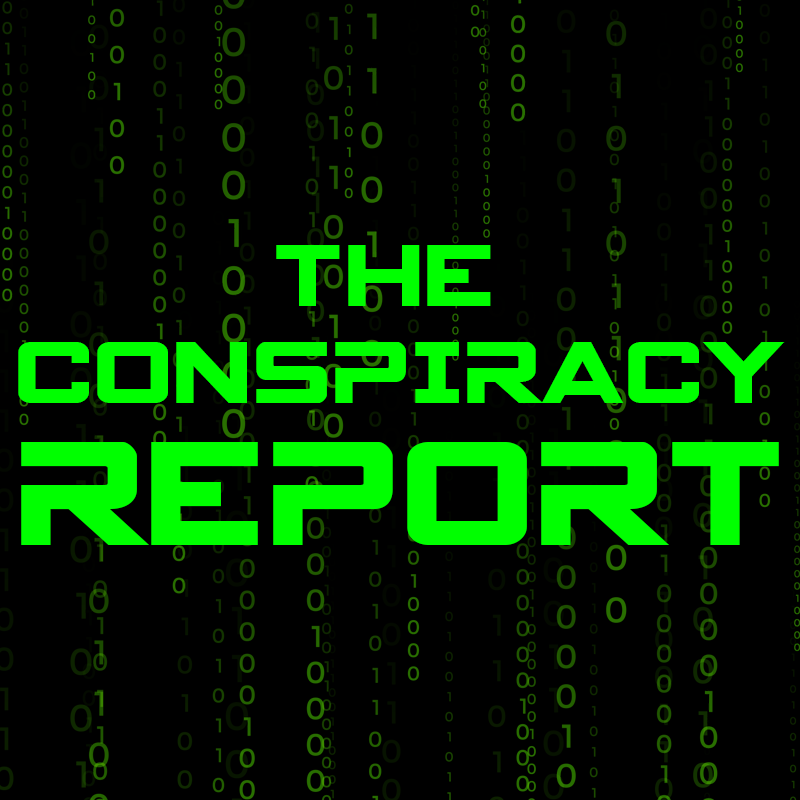April 21, 2025, 5 a.m.
A New Study Reveals There's More to Human DNA Than We Thought

The Conspiracy Report

By David Sussin
We are just one of many mammals on Earth.
At least that's what we're told.
But humans are so much more advanced than the other animals around us, it feels like we got a jump start.
Yes, dolphins are smart and chimpanzees are smart but neither is manufacturing a pick-up truck anytime soon. Why are we lightyears ahead of our fellow Earthlings?
There are theories that some alien race intervened in our genetic history - that somewhere on the evolutionary tree, we were given a dose of alien skills. It would explain the gap.
The ancient Sumerians wrote about divine beings called the Annukki with the power to create humanity and order the cosmos.
These mythical giants also made appearances in ancient Akkadian, Assyrian, and Babylonian stories. Author Zecharia Sitchin was convinced the Annukki were alien astronauts who modified early hominids to create modern humans.
Beginning in the late 1970's, his series of books The Earth Chronicles solidified the idea in mainstream culture. He wanted us to believe ancient extraterrestrials genetically engineered humanity.
But things are much more advanced since Sitchin's time.
We've mapped the human genome. More than that, genetic analysis is no longer exclusive to science labs. It's now a consumer product.
Anyone using services like "23 and Me" can learn where your DNA comes from. Going back 500,000 years ago when modern humans first evolved from Homo heidelbergensis, we've got the whole story. There's no mystery here.
Until now.
Researchers from the University of Cambridge published a study in March, 2025 using a unique method to understand our genetic ancestors.
Rather than extracting genetic material from fossils, they used modern human DNA through the 1000 Genomes Project.
They studied whole-genome sequences from 26 distinct human populations. Using a complex computer model, researchers traced back and rebuilt how our different ancestors mixed over time.
As expected, they found evidence that Neanderthals and Denisovans interbred with Homo sapiens (us). This was not new.
But they also found that long before this interaction - around 300,000 years ago - another, more substantial genetic mixing took place.
Unlike Neanderthal DNA, which makes up roughly 2% of our DNA, this ancient mixing event contributed as much as 10 times that - and is found in all modern humans.
According to Dr. Trevor Cousins from Cambridge's Department of Genetics, "for a long time, it's been assumed that we evolved from a single continuous ancestral lineage."
This new study introduces a second ancestor, "Population B" as it's called in the study, which inserted itself into our evolution.
Said Dr. Cousins, "Some of the genes from the population which contributed a minority of our genetic material, particularly those related to brain function and neural processing, may have played a crucial role in human evolution."
Modern humans descended from two ancestral populations. One contributed 80% of our genetic material, and seems to be the population from which our cave man relatives - Neanderthals and Denisovians - diverged.
But there's this Population B that remains in us all. The study notes that genes inherited from this second, mystery population were often located away from regions linked to gene functions, meaning they may have been less compatible with our genetic background.
They may have even been looked at by our bodies as potentially harmful mutations, or, you know, alien.
Doctor Aylwyn Scally, a fellow of Darwin College, was excited by the new methods used in the study.
"The fact that we can reconstruct events from hundreds of thousands or millions of years ago just by looking at DNA today is astonishing," said Scally. "And it tells us that our history is far richer and more complex than we imagined."
Our history may even extend beyond our own world.
Sources:

Genetic study reveals hidden chapter in human evolution | University of Cambridge
Modern humans descended from not one, but at least 2 ancestral populations that drifted apart and later reconnected, long before modern humans spread across

A structured coalescent model reveals deep ancestral structure shared by all modern humans | Nature Genetics
The cobraa model extends the pairwise sequentially Markovian coalescent to identify structured population history by examination of the model transition matrix. Applied to human polymorphism data, cobraa identifies an ancient admixture event ancestral to all modern humans.
https://www.sciencedaily.com/releases/2025/03/250318141412.htm